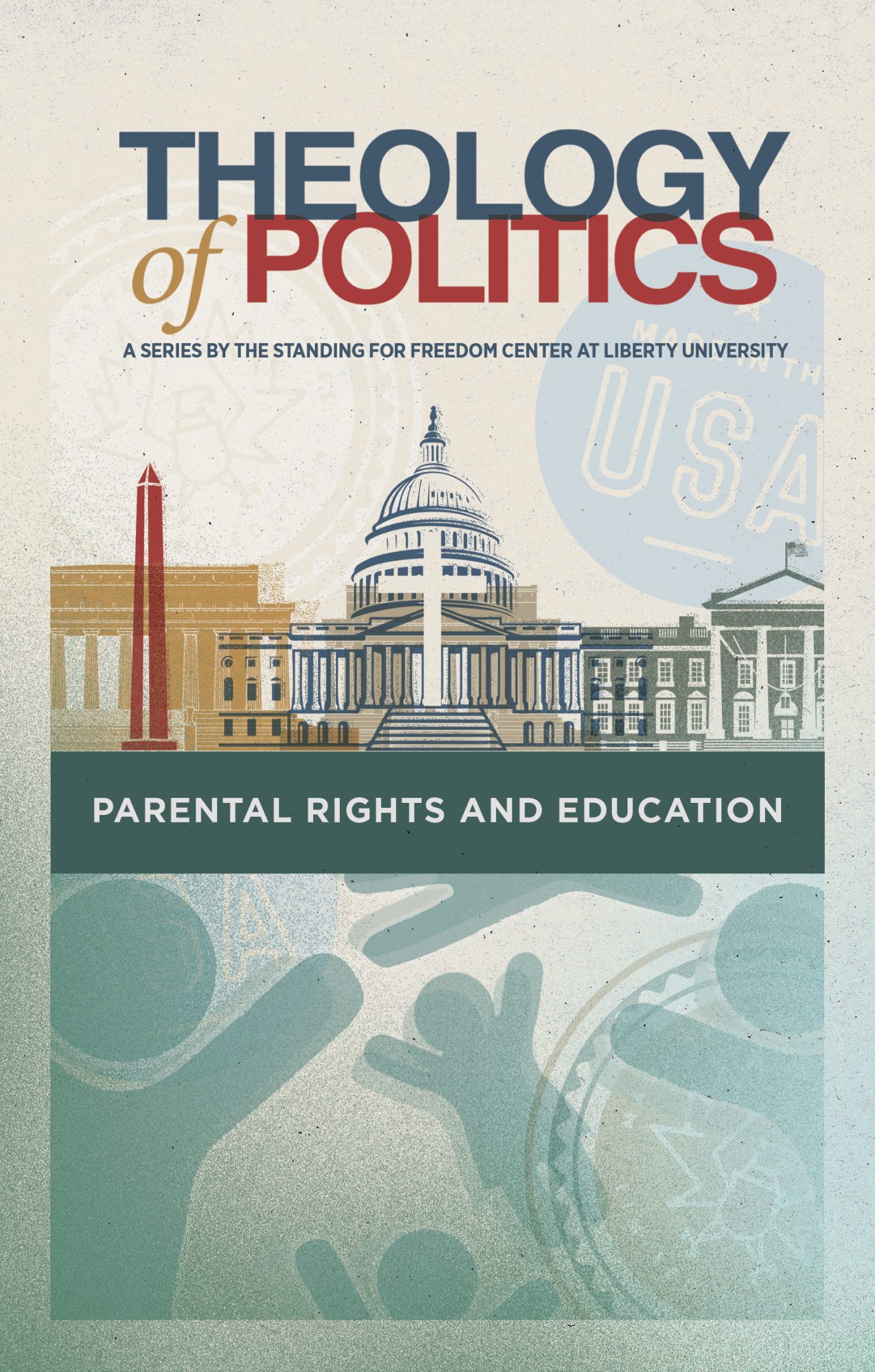


Get a free copy of Parental Rights & Education when you subscribe to our newsletter!

Nearly 20 U.S. states have proposed giving doctors the right to help patients proactively end their lives, while others that have already legalized the practice are now loosening safeguards.
U.S. state legislatures are increasingly considering the issue of “medical aid in dying,” but critics caution that allowing for euthanasia could lead to the horrors seen across the nation’s northern border, where Canada’s assisted suicide program has expanded far beyond the terminally ill.
In some states, supporters of these proposals have already met defeats. In Virginia, the House of Delegates recently defeated a bill that would have legalized assisted suicide for those ages 18 and over who have received a diagnosis indicating six months or less to live. However, the bill did initially pass the Democrat-led Virginia Senate, which has left supporters optimistic. Del. Patrick Hope, D, who introduced a companion bill in the House, stated, “I’m confident that there will be a day when this moves forward.”
In neighboring Maryland, an assisted suicide bill failed to make it out of the Senate Judicial Proceedings Committee. The bill drew strong opposition from Catholic groups, as well as from medical professionals and other religious organizations; similar bills have been introduced in Maryland since the 1990s and all have been defeated.
Jenny Kraska, executive director of the Maryland Catholic Conference (MCC), said that she thinks opponents’ efforts were heard by the legislature, explaining,
“What’s really important is that people understand that their voice and their phone calls and their emails do make a difference. I hope that people will see this and be energized by the fact that in a very deeply blue state, we were able to defeat the legislation this year and not have it come up for a vote. I hope that people will take heart in that and get involved in their own state and become active.”
Citizen involvement will be especially crucial in bordering West Virginia, which is actually pushing back against this trend. The West Virginia House and the Senate overwhelmingly voted to place a constitutional amendment on the ballot this fall that will give voters the option to prohibit the practice of euthanasia and physician-assisted suicide.
The West Virginia House also passed a resolution, HCR 74, known as “Defending Life by Rejecting Euthanasia.”
It states, in part: “It is necessary that the practice of euthanasia, which intentionally encourages and ultimately enacts the suicide of the elderly and the infirm, remain as foreign to the common life of West Virginia as it is to the health of any just and reasonable society.”
The resolution adds,
“The State of West Virginia rejects the bleak and morbid world that euthanasia and the commodification of death entails. … Against this culture of death, we must offer a vision of a restored and rejuvenated West Virginia, a community whose strength is known by the happiness of the weak, the infirm, and the elderly, who are not only aided and assisted by their family, friends, and society until the day they die, but whose very suffering is the irreplaceable means by which we may transcend ourselves, enter deeply into communion with one another, fulfill our nature as social creatures, and learn the sacrificial love that so often gives life its meaning.”
HCR 74 easily passed the House by a vote of 87-9.
Those who oppose euthanasia often point to the rapid liberalization of its use in Canada. Euthanasia was first legalized in Canada in 2016 for those whose deaths were “reasonably foreseeable.” That first year, 1,018 people had their lives ended under the Medical Assistance in Dying (MAiD) program.
Since then, however, Canada has seen a sharp increase in the number of people using it with each succeeding year. The number skyrocketed in 2021, when the criteria for MAiD was expanded to allow its use for those whose medical condition is “grievous and irremediable” and causes “intolerable physical or psychological suffering that cannot be alleviated under conditions the person considers acceptable.”
As a result,10,064 people were euthanized under the MAID program in 2021, a jump of 32.4 percent over 2020, making it the sixth leading cause of death. In 2022, 13,241 people ended their lives under MAiD, pushing it up to become Canada’s fifth leading cause of death.
Canada has received international criticism for its dangerous proposal to expand the program to include those with mental health issues and even “mature teens”; in response, the government put a pause on the expansion in order to study the issues further. Despite this, advocates seem to only be getting closer to their goal.
Meanwhile, in the U.S., states that have already legalized assisted suicide have started loosening restrictions and other criteria. For example, Vermont and Oregon now allow non-residents to travel to their jurisdiction for the purpose of ending their lives. In 2023, both Washington State and Hawaii made changes to their assisted suicide laws. Both have shortened the wait time between approval and when they can receive their life-ending medication and now allow other healthcare providers besides physicians to administer the fatal drugs to patients.
It isn’t just in Canada and parts of the U.S. where euthanasia and assisted suicide are becoming accepted.
Recently, Ecuador became the second Latin American country to legalize assisted suicide. Its constitutional court sided with the plaintiff, who suffers from ALS, to decriminalize euthanasia, which had been considered homicide.
The court ruled:
“It would be unreasonable to impose an obligation to stay alive on someone who is going through this situation…Every human being can make free and informed decisions when their personal development is affected which…includes the option of ending the intense suffering caused by a serious and irreversible bodily injury or a serious and incurable illness.”

Proponents of legalizing euthanasia and assisted suicide often appeal to the idea of “dying with dignity.” The bill that passed in the Virginia Senate was actually entitled “Death with Dignity.”
But is that really what euthanasia brings?
In 2022, a commercial from Canadian fashion retailer La Maison Simons profiled the last few weeks of Jennyfer Hatch, whose life was ended through euthanasia days before the release of the video. The commercial was called “All is Beauty” and while it talked about “last breaths” being “sacred” and tried to use sunsets, beaches, and moving music to paint an image of virtue and beauty in her death, in reality it was nothing less than tragic.
That’s because Jennyfer Hatch was not terminally ill; she was in despair because she could not get the medical support and care she needed from Canada’s frequently celebrated, so-called universal healthcare system. A few months before choosing MAID, Hatch, who suffered from an inherited but manageable connective tissue disorder, gave an interview using a false name, explaining:
“I feel like I’m falling through the cracks so if I’m not able to access health care, am I then able to access death care? And that’s what led me to look into MAID.”
She’s not the only one: Among those who have been offered MAID as a solution to their problems are the homeless, the impoverished, the disabled, and even those with suicidal ideations.
It’s a common problem with euthanasia. In fact, according to the Canadian government’s Fourth Annual Report on Medical Assistance in Dying 2022, 87 percent of those who were euthanized listed loss of ability to engage in meaningful activities as a reason they chose MAID. Another 35 percent listed feeling like a burden to family and friends and 17 percent cited loneliness. Is that dying with dignity?
As Alex Schadenberg, the executive director for the Euthanasia Prevention Coalition in Canada, said in episode 73 of the Give Me Liberty Podcast, the narrative that euthanasia is about choice, freedom, or dying with dignity is simply a “sales pitch.”
He noted that there is a desire in Canada to kill those with disabilities or those who are unable to give consent to euthanasia. “There’s only one line in the sand,” Schadenberg stated. Once you allow doctors to commit euthanasia or assisted suicide, “you cross that line,” he argued, as doctors now have “the right to cause your death” or to “be involved with causing your death.”
Now the U.S. is looking to adopt the same practice. The adoption timeline might be slower, but the ultimate ending will be exactly the same.
For the person of faith, there are more reasons to oppose euthanasia than the fear of expansion of the program to include those with disabilities or granting authority to medical professionals or the government over who lives and dies. God’s Word teaches us that outside of the context of war, self-defense, or capital punishment, killing a person is an egregious sin.
As the Freedom Center explains in our Biblical Worldview article on euthanasia, life is sacred and a gift from God. Further, it is God who numbers our days. As Psalm 139:13-16 states,
“For you formed my inward parts; you knitted me together in my mother’s womb. I praise you, for I am fearfully and wonderfully made. Wonderful are your works; my soul knows it very well. My frame was not hidden from you when I was being made in secret, intricately woven in the depths of the earth. Your eyes saw my unformed substance; in your book were written, every one of them, the days that were formed for me, when as yet there was none of them.”
We know that it is God alone who has the moral authority to decide when a person should live or die.
No person wants to suffer. Yet God’s Word tells us that suffering is part of life and that God uses it for His glory and for our good. 2 Corinthians 4:16-18 states,
“Therefore we do not lose heart, but though our outer man is decaying, yet our inner man is being renewed day by day. For momentary, light affliction is producing for us an eternal weight of glory far beyond all comparison, while we look not at the things which are seen, but at the things which are not seen; for the things which are seen are temporal, but the things which are not seen are eternal.”
In Hebrews chapter 2 we read that Christ was made human and suffered under temptation and suffered death in part so that He could become a merciful and faithful High Priest who could relate to our weaknesses.
When we suffer we should look to Christ to sustain us. When others suffer we should pray for them, spend time with them, care for their needs and pain, and encourage them to look to Christ for comfort and help in their time of need.
What Christians can never do is support euthanasia or physician-assisted suicide as a façade of compassion or freedom. The taking of a life is not merciful nor dignified nor “sacred.” It is murder, and it must always be opposed.
If you like this article and other content that helps you apply a biblical worldview to today’s politics and culture, consider making a small donation here.
Notifications